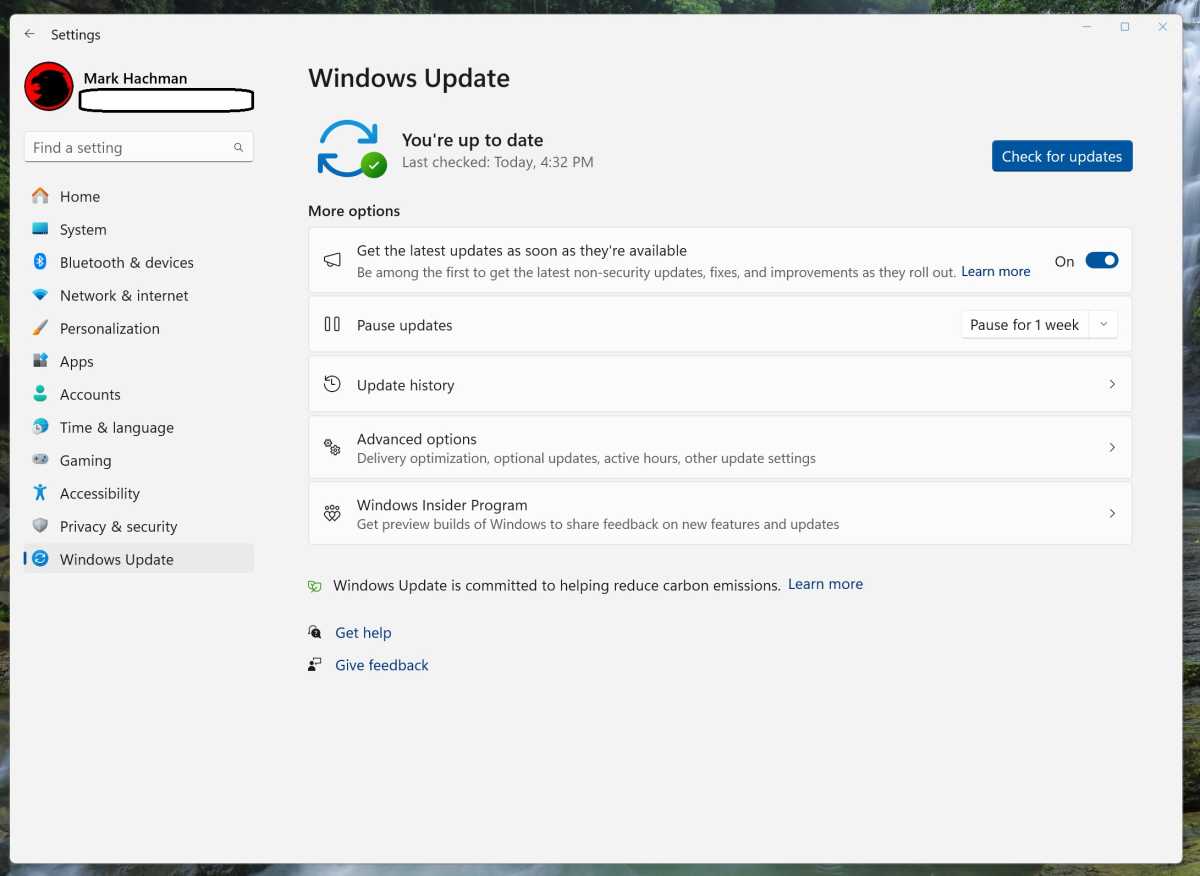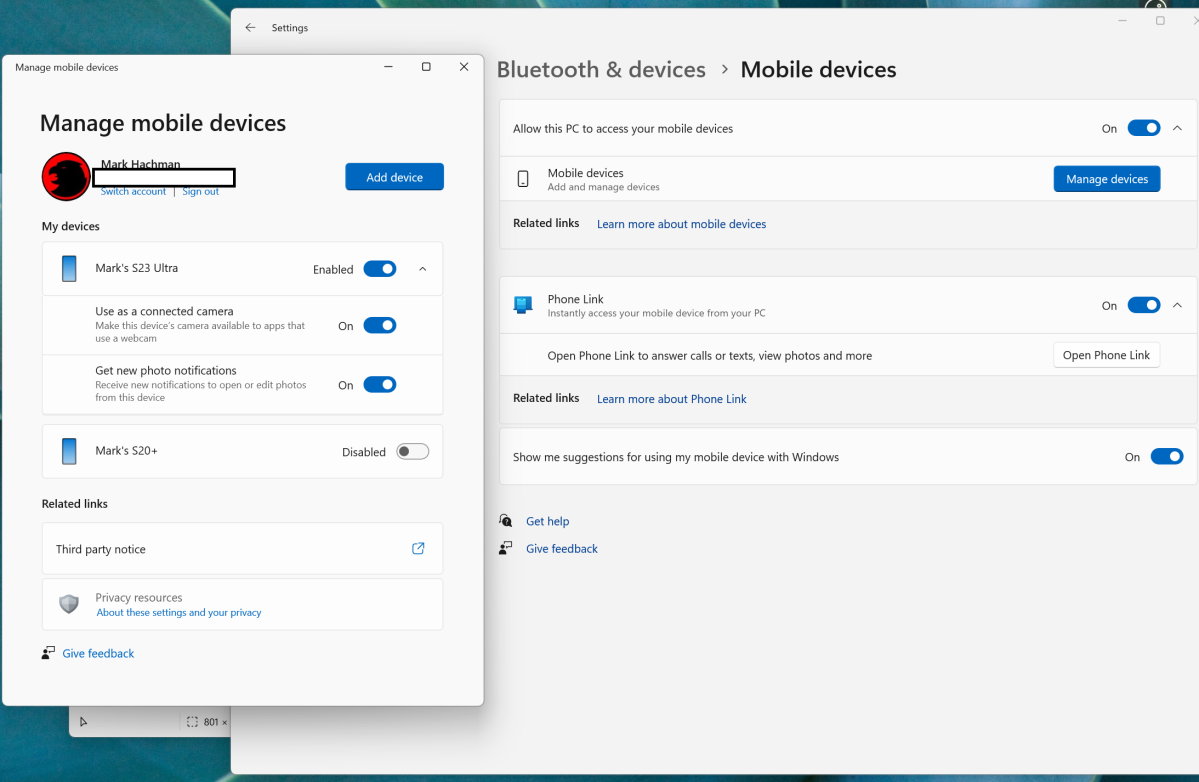Microsoft has recently released a new research paper for its next generation Orca-2 AI model. Demonstrating that the power of artificial intelligence is not just reserved for the largest and most complex systems, but also thrives within more compact and accessible frameworks. Microsoft has made a bold stride in this direction with the introduction of Orca-2, a language model that challenges the prevailing notion that bigger always means better. This new development is particularly intriguing for those who are passionate about AI and seek to push the boundaries of what these systems can do.
Microsoft’s research paper, titled “Orca-2: Teaching Small Language Models How to Reason,” presents a fascinating exploration into how smaller models, like Orca-2, can be trained to enhance their reasoning abilities. With only 13 billion parameters, Orca-2 stands as a testament to the idea that the quality of training can significantly influence a model’s reasoning prowess. This is a crucial insight for anyone interested in the potential of smaller models to perform complex tasks that were once thought to be the exclusive domain of their larger counterparts. Microsoft explains a little more:
“Orca 2 is the latest step in our efforts to explore the capabilities of smaller LMs (on the order of 10 billion parameters or less). With Orca 2, we continue to show that improved training signals and methods can empower smaller language models to achieve enhanced reasoning abilities, which are typically found only in much larger language models.”
One of the most compelling aspects of Orca-2 is its ability to outperform models with up to 70 billion parameters in reasoning tasks. This is a testament to Microsoft’s innovative approach and is particularly relevant for those working within computational constraints or seeking more efficient AI solutions. The benchmark results of Orca-2 highlight the model’s proficiency in reasoning, which is a key element of advanced language comprehension.
Orca-2 small language model
Orca 2 comes in two sizes (7 billion and 13 billion parameters); both are created by fine-tuning the corresponding LLAMA 2 base models on tailored, high-quality synthetic data. We are making the Orca 2 weights publicly available to encourage research on the development, evaluation, and alignment of smaller LMs.
Here are some other articles you may find of interest on the subject of artificial intelligence
Microsoft Orca-2
In a move that underscores their commitment to collaborative progress in AI, Microsoft has made Orca-2’s model weights available to the open-source community. This allows enthusiasts and researchers alike to tap into this state-of-the-art technology, integrate it into their own projects, and contribute to the collective advancement of AI.
The research paper goes beyond traditional imitation learning and introduces alternative training methods that endow Orca-2 with a variety of reasoning strategies. These methods enable the model to adapt to different tasks, indicating a more sophisticated approach to AI training. For those delving into the intricacies of AI, this represents an opportunity to explore new training paradigms that could redefine how we teach machines to think.
Orca-2’s training on a carefully constructed synthetic dataset has led to remarkable benchmark performances. This means that the model has been honed through strategic data use, ensuring its effectiveness and adaptability in real-world applications. For practitioners, this translates to a model that is not only powerful but also versatile in handling various scenarios.
The licensing terms for Orca-2 are tailored to emphasize its research-oriented nature. This is an important factor to consider when planning to utilize the model, as it supports a research-focused development environment and guides the application of Orca-2 in various projects.
Microsoft has also provided detailed instructions for setting up Orca-2 on a local machine. This allows users to tailor the model to their specific needs and gain a deeper understanding of its inner workings. Whether you’re a developer, researcher, or AI enthusiast, this level of customization is invaluable for exploring the full capabilities of Orca-2.
Microsoft’s Orca-2 represents a significant advancement for compact language models, offering enhanced reasoning capabilities that challenge the dominance of larger models. Engaging with Orca-2—whether through open-source collaboration, innovative training techniques, or research initiatives—places you at the forefront of a transformative period in AI development. Microsoft’s Orca-2 not only broadens the horizons for what smaller models can accomplish but also invites you to play an active role in this exciting field.
Filed Under: Technology News, Top News
Latest togetherbe Deals
Disclosure: Some of our articles include affiliate links. If you buy something through one of these links, togetherbe may earn an affiliate commission. Learn about our Disclosure Policy.






